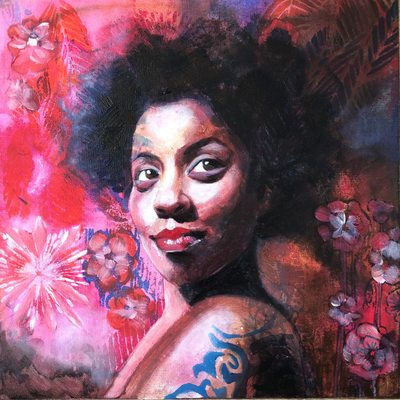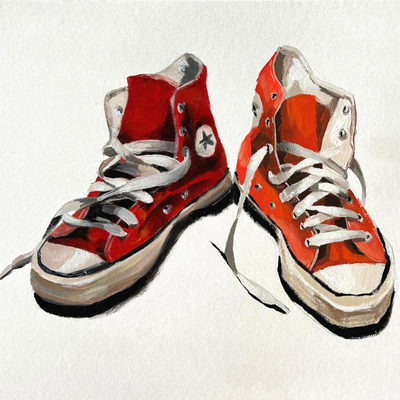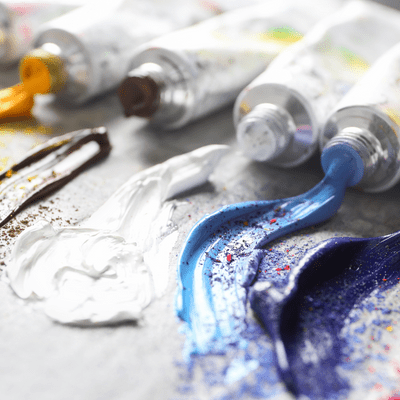6 Reasons to Choose Gouache Over Acrylic for Your Artwork
Gouache and acrylic are both popular choices among artists, but each has unique characteristics that make it suitable for different purposes. This article explores six compelling reasons to use gouache instead of acrylic for your next artwork.
Table of Contents
- Versatility: Gouache is for All Styles
- Gouache Matte Finish: A Subdued, Sophisticated Look
- Re-wettable: Adjust and Blend Gouache with Ease
- Easier Cleanup: Save Time and Protect Your Tools with Gouache
- Earth Friendly: Gouache is a Greener Choice for Artists
- Ideal for Mixed Media: Combine and Create Gouache
- Conclusion
Versatility: Gouache is for All Styles
Gouache is a water-soluble medium like watercolors (for transparent washes) and acrylics (for opaque layers). This versatility allows artists to achieve various effects and styles with just one medium. Gouache covers you whether you want to create delicate, transparent washes or bold, opaque layers. In my artistic journey, gouache’s adaptability allows me to experiment with different techniques and textures, from soft gradients to rich, textured brushstrokes.
With the same paint, you can make the following:
- transparent backgrounds with a very diluted gouache,
- build layers while increasing the consistency of the paint,
- paint light over dark,
- add texture and dimension with thick paint.
Everything depends on the amount of water you add to your gouache paint.
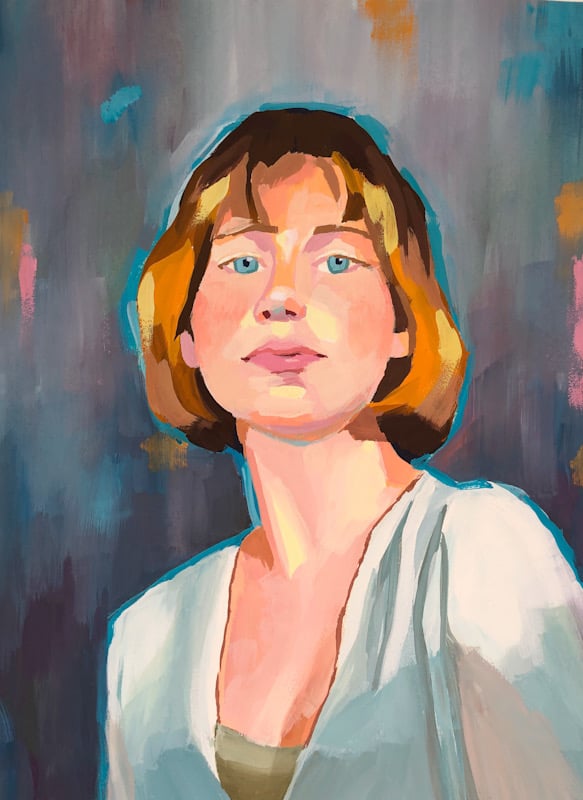
Gouache Matte Finish: A Subdued, Sophisticated Look
Unlike acrylics, which often dry to a glossy or semi-gloss finish, gouache dries to a smooth, matte finish. This can be particularly appealing for artists who prefer a more subdued, less reflective appearance in their artwork. If you like a matte finish with acrylic, you can use acrylic gouache, but traditional gouache offers the added benefit of re-wettability. The matte finish of gouache lends a unique depth to my artwork, giving it a professional and polished appearance.
And a bonus with the matte finish: it’s easy to photograph! If you’ve been painting with acrylics or oil paint, you know what I mean!
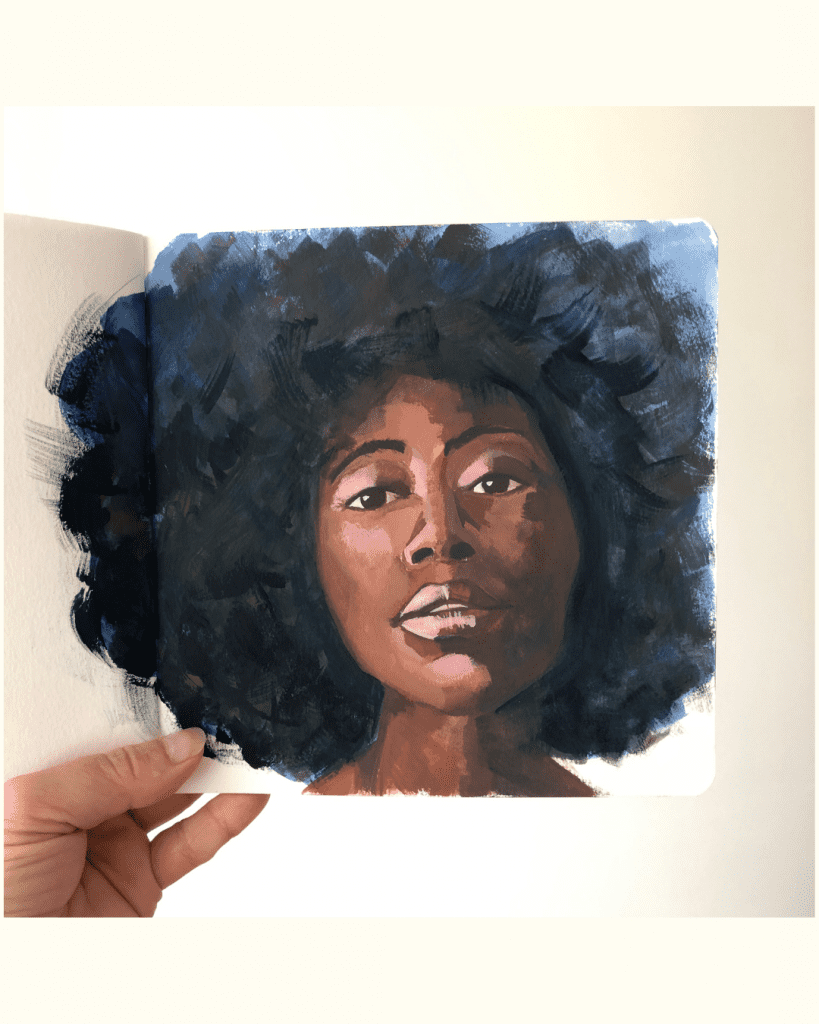
Re-wettable: Adjust and Blend Gouache with Ease
Gouache can be reactivated with water even after it has dried, allowing you to make adjustments and blend colors more easily than acrylics, which become permanent once dry. This can be especially helpful for beginners who must correct mistakes or experiment with different techniques. The re-wettable nature of gouache makes it a more forgiving medium, perfect for artists who appreciate flexibility in their work.
In my experience, this feature has enabled me to refine my skills and grow as an artist, as I can learn from my mistakes and make necessary adjustments. But let’s face it, it can also be an issue, as you can rewet things that were not meant to be!

Easier Cleanup: Save Time and Protect Your Tools with Gouache
Gouache is water-soluble, making it easier to clean brushes and tools than acrylics, which require special solvents or a lot of scrubbing with soap and water to remove. This saves you time and effort and helps prolong the life of your brushes and other tools, ensuring they stay in top condition for future projects.
You can even let your brushes and palette dry before cleaning them. It’s definitely not a good practice, but it can be convenient!
As an artist with a busy schedule, I appreciate the convenience that gouache offers in terms of cleanup, allowing me to focus on creating rather than spending time on tedious tasks.
Earth Friendly: Gouache is a Greener Choice for Artists
Gouache has no volatile organic compounds (VOCs), like acrylic paints, that contribute to air pollution. By choosing gouache, you’re making a more environmentally friendly decision for your artwork, helping to reduce the impact of the art world on our planet.
You’re not wasting paint with gouache, as you can still use your dry paint for light washes, so you’re throwing less paint than with acrylics.
As someone who values sustainability, using gouache aligns with my commitment to protecting the environment and supporting eco-friendly practices.

Ideal for Mixed Media: Combine and Create Gouache
Gouache works well with other mediums, such as watercolors, colored pencils, and ink, making it an excellent choice for mixed media projects. Its compatibility with various mediums allows you to explore new techniques and styles, pushing the boundaries of your creativity.
In my work, I’ve enjoyed combining gouache with colored pencils for illustrations or layering it with watercolors for a unique fusion of styles.
Conclusion
In conclusion, while gouache and acrylic have their merits, gouache offers unique benefits that make it an attractive choice for many artists. From its versatility and matte finish to its re-wettable nature and eco-friendliness, gouache might be the perfect medium for your next artwork.
So, why not see what unique creations you can produce with gouache? As you embark on your artistic journey with this medium, remember to have fun, experiment, and embrace gouache’s endless possibilities. And if you want to begin gouache, follow my free gouache BootCamp to learn the basics!

